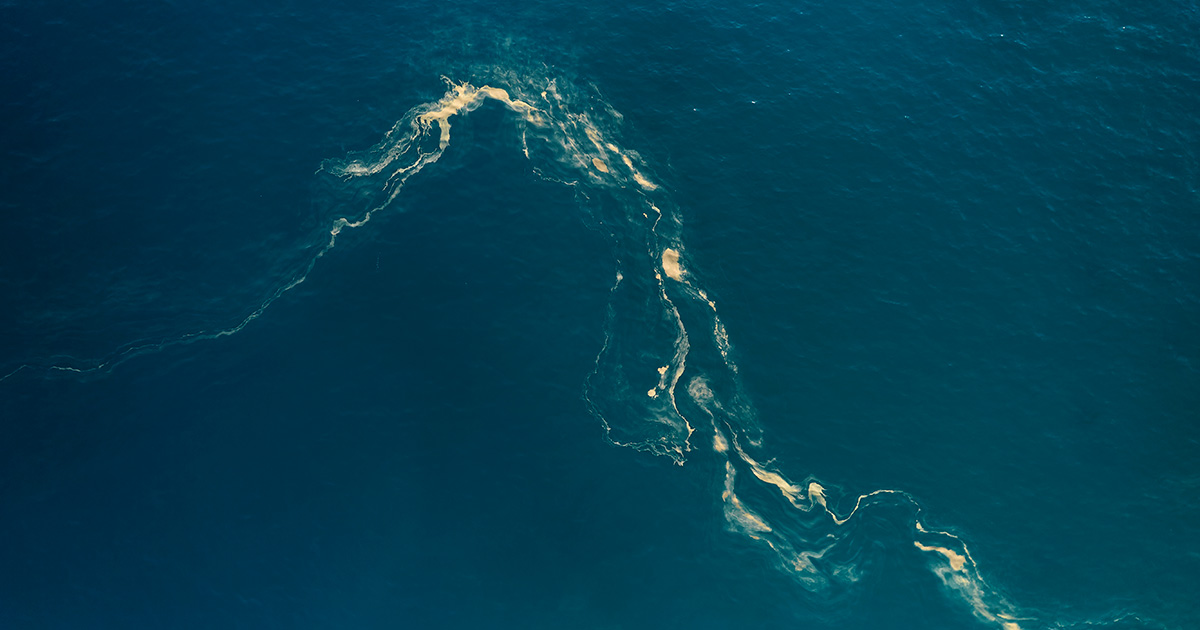The Metals Company and Greenpeace at Loggerheads Again

Back in mid-January video footage surfaced showing fouled water being dispensed from Hidden Gem, a drill ship from which The Metal Company’s has been running a series of full-scale deep-sea mining pilot tests in the Clarion Clipperton Zone (CCZ), in the Pacific Ocean.
The Metals Company were quick to respond to the video, which was released by Greenpeace, stating that the incident was a “minor and temporary event.”
The Vancouver-based mining startup went on to explain that the discharge was a combination of sea water, sediments, and fractured nodules that contained no toxins.
The objective of the pilot tests has been to harvest polymetallic nodules—potato-like rock concretions that contain rare earth elements and metals such as nickel, copper, and cobalt—from the seafloor at depths of over 4,000 meters.
The hope for deep-sea mining interests is that the industry is now finally, after decades of speculation, on a sure path to commercial extraction activities, but progressing beyond the current exploration phase hinges on a stringent set of operational regulations (yet to be agreed upon and published) and the scientific analysis of ongoing marine environmental studies.
This is not the first time that Greenpeace and The Metals Company have clashed over the prospects of deep-sea mining. Indeed, several environmental groups maintain that there are still too many unknowns to responsibly harvest the nodules without causing irreversible damage to the aquatic life found at these depths. They also contest that the sediment plumes caused by the process of transporting the nodules to the surface will trigger other disturbances throughout the water column, the impacts of which are not yet fully understood.
However, there are in fact ongoing studies into the fluid dynamics involved with the sediment plumes associated with deep-sea mining activities in place. These campaigns are revealing some interesting findings and providing ocean scientists with key data with which to build robust and reliable models for accurately forecasting the potential impact of mining activities on the seafloor and any associated disturbances to the surrounding waters, which includes the various interactions of sediments—the very same materials released by the Hidden Gem recently—within the water column.
Managing the next steps of this burgeoning industry—including some of the opposition to commercialization—falls for the most part under the jurisdiction of the International Seabed Authority (ISA).
As for the incident itself, The Metals Company, which has full permission to carry out mining pilot tests under a sponsor agreement with the ISA member state Pacific Island nation of Nauru, said that the discharge was triggered by an unpredicted surge of water in the riser pipe (which transports the nodules and sediment to the drill ship) back in October 2022.
Greenpeace maintains that the incident spotlighted revealed “flaws in the scientific program and monitoring system, poor sampling practices and equipment failure making the data collected meaningless.”

